#artist is otto marseus van schrieck
Text






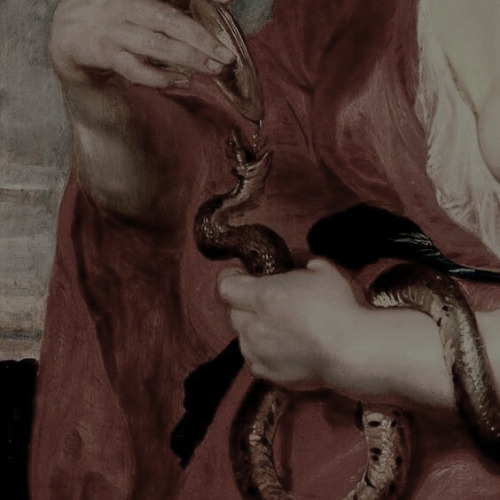
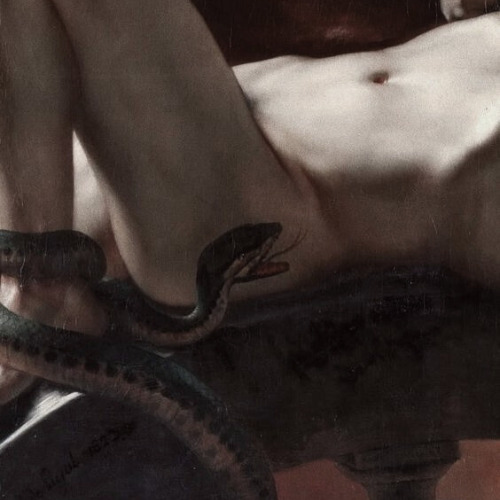
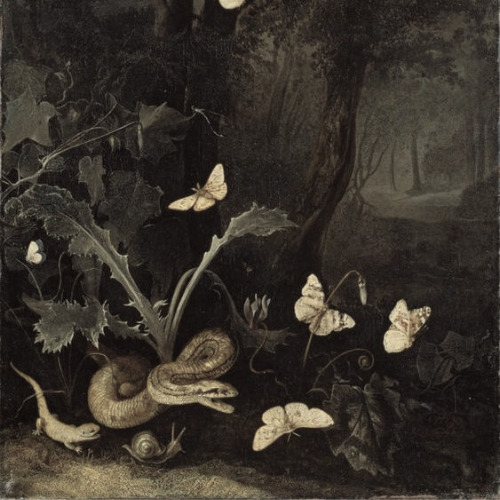






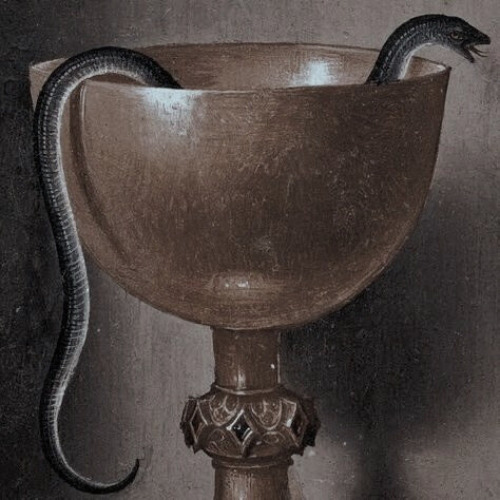
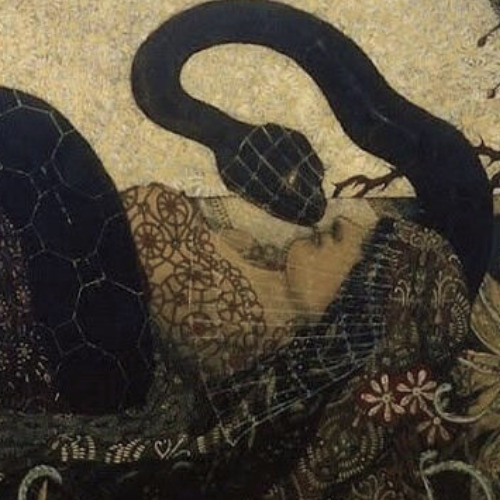
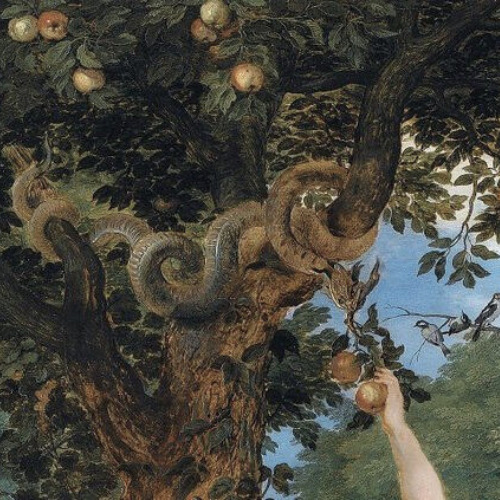



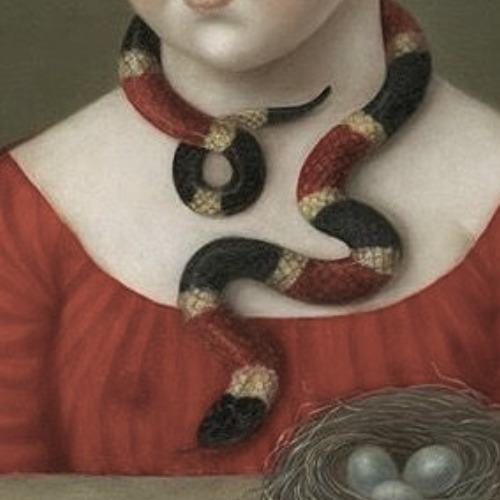

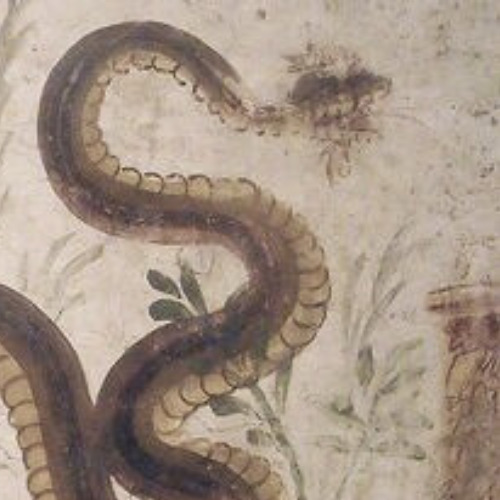

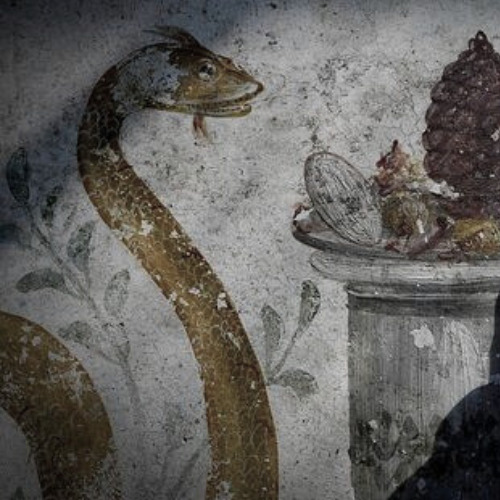

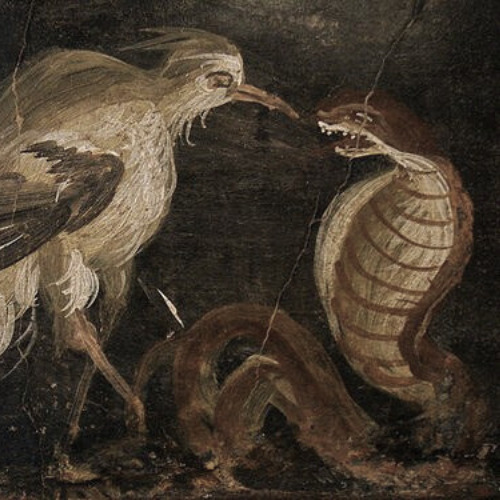


animals in art: snakes
#artist is otto marseus van schrieck#cant find artist#-cant find artist#artist is james barry#artist is peter paul rubens#artist is caraviggio#cant find artist-#artist is alexandre denis abel de pujol#artist is otto marseus vans schrieck#welp cannot find the artist for the life of me#artist is albrehct durer#artist is pierre-joseph mousset#artist is piero di cosimo#--cant find artist#--cant find artist--#artist is hans memling#artist is carl strathmann#artist is jan brueghel the elder#artist is karl wilhelm de hamilton#artist is giulio aristide sartorio#artist is francois edouard cibot#artist is fatima ronquillo#artist is frederic leighton#this is actually from a vase painting#painting is from a vase painting#this painting is from pompeii#artist is unknown#-artist is unknown#artist is is kitagawa utamaro#art is from a book called the book of the world
729 notes
·
View notes
Text

Serpent and Butterflies in the Woods (detail) - Otto Marseus van Schrieck
10 notes
·
View notes
Text

▪︎ Snake with a Butterfly.
Artists: Johannes Teyler (after Otto Marseus van Schrieck)
Date: after 1688
Culture: Dutch
Medium: Etching and engraving printed in colored ink.
#17th century#17th century art#17th century print#print#snake with a butterfly#snake#butterfly#Johannes Teyler#engraving#1688
47 notes
·
View notes
Text
Nature in its self-similarity across scales recreates a humble Yggdrasil. The artist translates Ratatoskr the messenger to a snail to preserve the appropriate pacing (and general munching nature?) and ensures there is room for Níðhöggr at the roots and a buttefly/eagle at the top. The addition of the flower in bloom is suggestive of day and light without the awkwardness of needing to place the piece in part sun/part shade.
The Eddas would have been around in 1670 and I wonder if Marseus van Schrieck would feel the connection appropriate.
1 note
·
View note
Photo

Woodland with blue bindweed and a path - Otto Marseus van Schrieck ,1660
Dutch, 1613-1678
Oil on canvas, 53.7 x 68 cm. 21.1 x 26.7 in.
231 notes
·
View notes
Photo
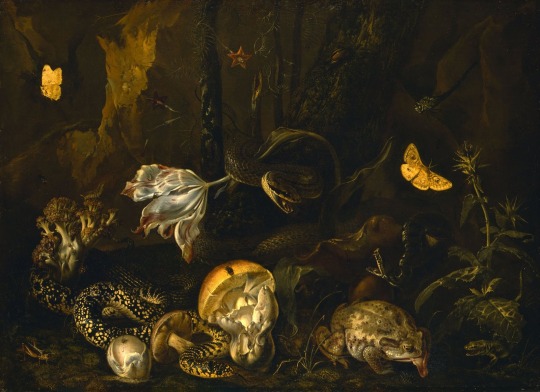
Still-Life with Insects and Amphibians by Otto Marseus van Schrieck (1662)
#otto marseus van schrieck#art#paintings#fine art#still-life#17th century art#17th century#baroque art#baroque#dutch artist#dutch art#snakes#butterflies#flowers#flower#butterfly#toad#insects#painting#art history
143 notes
·
View notes
Photo

(Follower of) Otto Marseus van Schrieck
Still-life with flowers and plants in a landscape with toads and moths
#Otto Marseus van Schrieck#upl#va#painting#oil painting#art#animals in art#unknown painter#unknown artist
17 notes
·
View notes
Photo
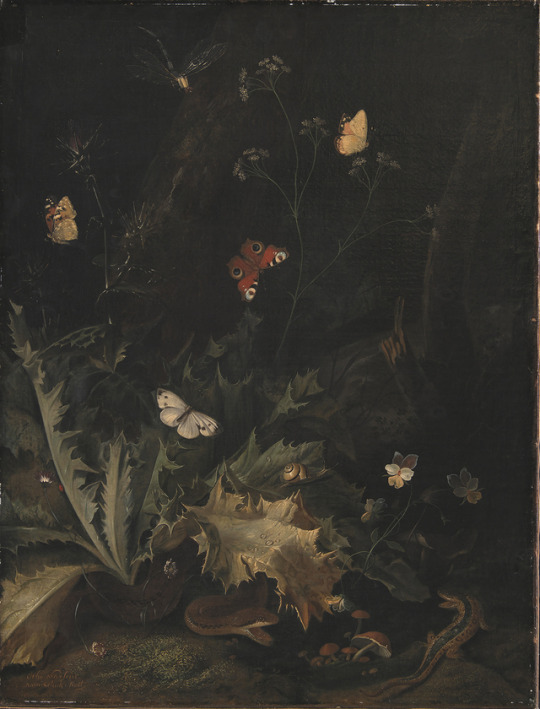
A Forest Floor with a Thistle, a Snake, a Lizard and Butterflies, Otto Marseus van Schrieck (Dutch, 1619–1678), 1635–1678
Oil on canvas
#history of art#Otto Marseus van Schrieck#dutch art#dutch artist#oil on canvas#oil painting#painting#paintings#17th century#17th century art#1600s#1600s art#Statens Museum for Kunst#National Gallery of Denmark#uploads#baroque#baroque art#dutch golden age#dutch baroque#art history
501 notes
·
View notes
Text
Greetings Queen fans that still follow me in the year of our lord 2021
i wrote a song with a similar vibe to The Fairy Feller's Masterstroke, but based on the fantastic paintings by a 17th century Dutch artist called Otto Marseus Van Schrieck.
here's the song (which bears his sexy, sexy name) if anyone's interested:
youtube
all vocals and instruments (except the drums, which are MIDI, and the birds, which are birds) are played by me, recorded on my phone and multitracked in Bandlab (pls ignore the very bad audio quality lmao)
#give him a sneaky google u will not regret it#i literally wish i lived in his paintings#anyway this song is lowkey my magnum opus so check it out if you want#queen#queen band#prog rock#prog#progressive rock#rock#glam rock#70s music#queen ii#original song#my music#Otto Marseus Van Schrieck#dutch golden age art#17th century art#female musician#female bassist#queer musician#Youtube
10 notes
·
View notes
Photo

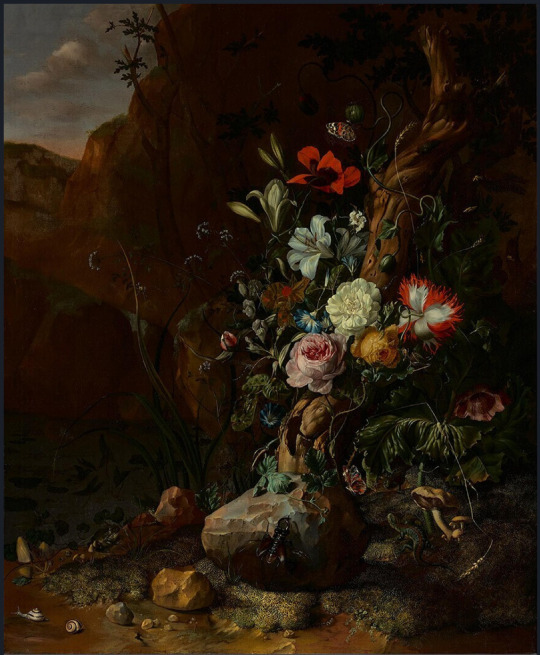

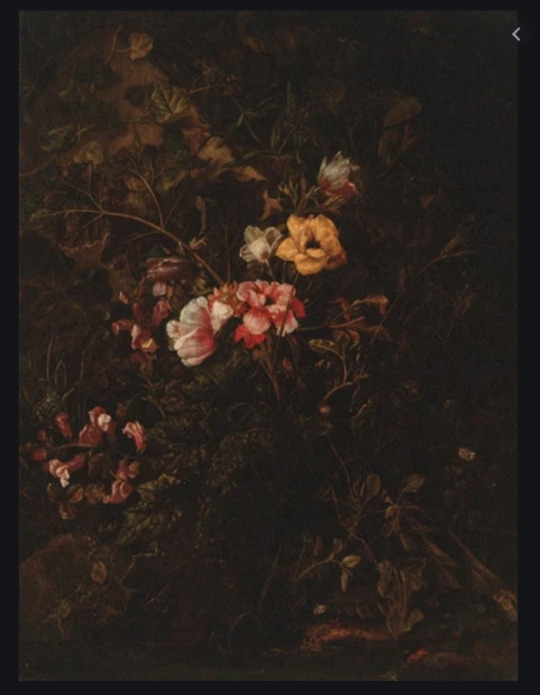

I really struggled to find any product photographs that I felt inspired by so turned instead to the painters of the Dutch Golden Age, in particular Rachel Ruysch (1664-1750) and one of her influences Otto Marseus van Schrieck (1613-1678). The paintings shown above are clearly organised compositions but set in a woodland location rather than the more common still life of flowers in a vase in an indoor location. I am very much inspired by the use of lighting in these examples and the way that the artists find beauty in the darkness of the woods.
The first two paintings by Ruysch shown here are similar compositions and both feature tree trunks and stone which is particularly relevant to my idea to use a chunk of quartz as my object in my triptych. Here, the stone is positioned so as to be lit from the side, which reveals its shape and textures.
1 note
·
View note
Text
Something Told
Research (3)
Rachel Ruysch
1664-1750
Rachel Ruysch is a Dutch painter, born in The Hague. Ruysch’s Father was a Botanist, physician and anatomist, which most likely what inspired Ruysch’s very botanical subject matter in addition to the style which she had pioneered. Ruysch became the first female artist in the artist society, present in The Hague, working there from 1701-1708. Further, Ruysch went on to become court painter for the Elector Palatine, Johan Willem in Düsseldorf.
Ruysch’s inspiration (as per 1680) was a painter named Otto Marseus Van Schrieck, who painted dark fauna and flora with various wildlife detail. When looking at work of both knowing this, it is blatant how much Ruysch was inspired by this man.

This is the painting by Van Schriek

And this is the painting by Ruysch, it is very similar in terms of lighting which both seem to adopt a low key approach. Ruysch’s work seems far more crisp in detail, less of an almost pastel tone yet you can see from the layout and shape to the lighting where the inspirations have come from.
Analysis
I’ve selected these two paintings of Ruysch’s due to the parallels between her and Van Shriek’s work, low key lighting, both flora and fauna with various prompts from the code which is often in still life, dutch especially. Most notably however, is the addition of the insects, which seems to be a heavy lift from Van Shrieks work, almost a nod to it. In addition to placing it in a nature scene, in the case of the second image.
It can be assumed that because Ruysch was part of the Dutch movement in still life, that there is a code of sorts when observing elements within the composition. Firstly, in the first image there is both a bee and a butterfly, the former has been known to represent that which is industrious or to represent our struggles against destiny. Further there is also a butterfly present, in both of the images, this is usually representative of the resurrection of christ and there is also further some ants on the white flower which I’d missed initially. This also represents hard work similarly to the bees, whether this is all code or just simply a nod to van Shrieks work I’m unsure but I adore the aesthetics of each, there is a softer quality of light unlike Caravaggio’s work.


Sources:
https://www.nationalgallery.org.uk/artists/rachel-ruysch
https://www.sothebys.com/en/buy/auction/2019/old-masters/otto-marseus-van-schrieck-still-life-with-flowers
https://www.toledomuseum.org/about/news/mar-4-art-minute-rachel-ruysch-flower-still-life
0 notes
Photo

Isac Vromans - Stil life with snake eating newly hatched bird out of a nest among flowers in a forest floor with a frog, mouse and insects - 1703
Isac Vromans (1658–1706), was a Dutch Golden Age painter.
He was probably born in Delft as the son of Pieter Abrahamsz Vromans and Maria Elseviers. Though his parents were not artists, he was related to other Delft painters of the Vromans name such as Jacobus Vromans and Pieter Vromans.
According to the RKD he became a follower of Otto Marseus van Schrieck, and earned the nickname "slangenschilder" or snake painter. From 1688 to 1692 he was a member of the Guild of St. Luke in Schiedam, then he moved to the Hague before being last registered in Den Bosch in 1706.
According to a 5-page biography by Jacob Campo Weyerman, who didn't know his first name or place of birth, he was born in 1658. Weyerman included a detailed description of one of his paintings, mentioning that he painted a nest on a forest floor with newly hatched chicks threatened by a snake. The mother bird was defending her nest and one chick stuck its head among the twigs, one joined its mother in a fight and a third attempted to flee. Weyerman also mentioned three stories about Vroman becoming a hermit on the heath and wearing nothing but sheepskins, building a flying machine and breaking a leg, and making an elixir from milk that spoiled from the summer heat.
149 notes
·
View notes
Text
FLORENCE, ITALY – The eight rooms on the first floor of the eastern wing of the Uffizi opened with a new layout devoted to Caravaggio and the painting of the 17th century on February 19, 2018.
The names of the eight rooms are evocative: Between Reality and Magic; Caravaggio and Artemisia; Caravaggio: Medusa; Caravaggio: Bacchus; By Candlelight; Rembrandt and Rubens; Galileo and the Medici; and Florentine Epic. The lion’s share obviously goes to Caravaggio, the unquestioned pivot of painting in a century characterised by strong passions, symbolism and often extreme innovation.
The age’s passionateness determined the colour choice of red for the panels in the rooms along the corridor (in order to avoid intervening directly on Vasari’s original colour scheme) and for the walls of the inner rooms (from 96 to 99). Not a flaming, over-the-top red but a red that is often found in the fabrics and decor depicted in the paintings of those years, developed on the basis of a textile sample of the period and manufactured with natural pigments already in use in the 17th century: a real yet almost “filtered” red, as one might say.
Uffizi Galleries’ Director Eike Schmidt stated: “The new layout is based on a thematic and artistic approach designed to inspire and to stimulate the visitor’s curiosity, carrying him or her back into the atmosphere of the time and into the history of the Medici’s collections. The idea is to create an intellectual experience both for the non-specialist and for the expert. Thanks to the juxtaposition of paintings from Florence and the rest of Italy with pictures from northern Europe, we have recovered the international spirit informing the taste of the period, which was open to influences from every country.”
This slideshow requires JavaScript.
“Between Reality and Magic”, the first room, contains paintings by artists who were active in the 16th century but already paved the way towards a new artistic approach that left the Mannerist ideals behind. Also on view are highly unconventional, playful and even bizarre subjects such as Annibale Caracci’s Man with an Ape. Other works are exemplary of the learned culture suffused with symbolic meanings, which is characteristic of the region in which Caravaggio trained. This is the case, for instance, with the Dossi brothers’ Allegory of Hercules (once thought to be a scene of witchcraft) and with the enigmatic Witch Strangling a Putto of intensely discussed attribution.
The following room, “Caravaggio and Artemisia”, is dominated by a biblical subjects, which revolve around the theme of violence. It showcases an extremely fine David and Goliath by Guido Reni, which will be facing Caravaggio’s Sacrifice of Isaac as of June when it returns from the exhibitions in Milan and in Forlì; until then, the gap will be filled by an ancient copy of Caravaggio’s Incredulity of St. Thomas, which was already documented in the collection of Carlo de’ Medici by 1666. This room also houses Artemisia Gentileschi’s Beheading of Holofernes, one of the Uffizi’s most famous paintings.
In the room dedicated to Caravaggio’s Medusa, a magnificent painted parade shield is displayed in a new case against the backdrop of a large red panel. On the walls, in addition to Cecco Bravo’s Armida, a recent donation from the Friends of the Uffizi, it is worth highlighting the presence of a Roman statue of Minerva with the head of the Gorgon on her breast, and a painting of the Gorgon’s head crowned in writhing serpents painted by Otto Marseus van Schrieck but attributed in past centuries to Leonardo da Vinci and thus formerly admired by countless travellers as one of the most celebrated paintings at the Uffizi.
The next room is devoted to still-life. Surrounding Caravaggio’s Bacchus we find two Larders by Empoli, a vase of flowers by Carlo Dolci and a still-life by Velázquez clear echoing the work of Caravaggio.
“By Candlelight” is the name of the next room, which is given over to the depiction of candlelit scenes. In the centre, a Nativity by Gherardo delle Notti (Gerard van Honthorst) in which the light appearing to model the figures in the scene is actually emanating directly from the Christ Child; around it, a number of genre paintings by Bartolommeo Manfredi, Mathias Stamer’s Annunciation and Bartolomeo Manfredi’s Roman Charity.
Works by the greatest masters of European painting of the period follow in the next, especially large room. The faces portrayed by Rembrandt, Rubens and Van Dyck in small- and large-format paintings form a succession of rightly famous works which, brought together in this way, comprise a breathtaking group full of cues prompting a reflection on the great painting of the 17th century, which was primarily European on account of the lively circulation of ideas and of the many, ongoing contacts among artists and patrons who cared little for national borders or boundaries.
European portraiture goes hand in hand with Florentine portraits: pride of place in the following room goes to the Portrait of Galileo Galilei and to a monumental triple portrait of Cosimo II, Maria Magdalena of Austria and their son Ferdinando II, both by Justus Sustermans.
In the last room in the tour, “Florentine Epic”, we find a spectacular Rinaldo and Armida by Cesare Dandini inspired by Tasso’s poem, and a small, precious St. Catherine of Alexandria by Francesco Furini. Literary themes taken from Ludovico Ariosto’s Orlando Furioso and Torquato Tasso’s Gerusalemme Liberata were far and away the most popular subjects in Florence in the first half of the century. They were popular both on account of their nature as modern mythological fables and for their moral symbology, which people read into the stories of the heroes and heroines of both those chivalric poems.
The new Caravaggio’s rooms at the Uffizi FLORENCE, ITALY - The eight rooms on the first floor of the eastern wing of the Uffizi opened with a new layout devoted to Caravaggio and the painting of the 17th century on February 19, 2018.
0 notes
Photo

Forest Floor Still Life with Butterflies and Reptiles (1678)
by Otto Marseus van Schrieck (Dutch, b.1613 d.1678)
Rijksmuseum, Amsterdam http://pic.twitter.com/d997pE8zxo
— Art + Artists (@ArtandArtists_) August 9, 2017
0 notes